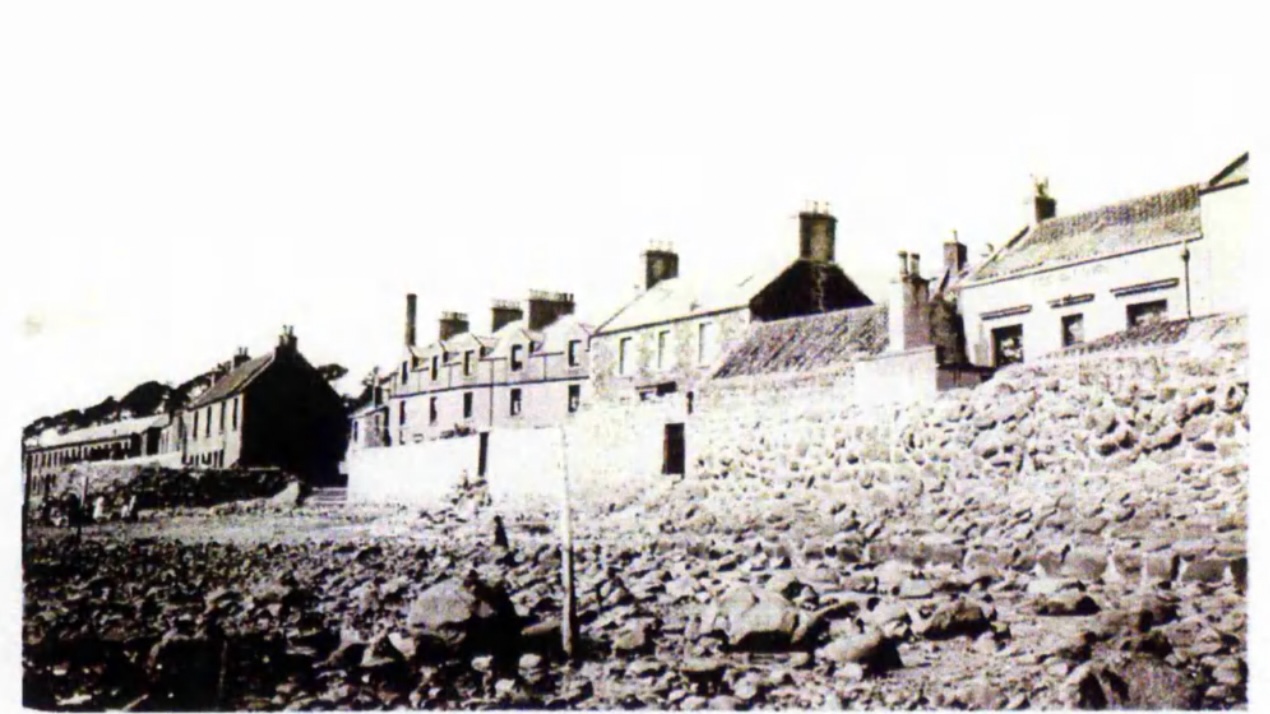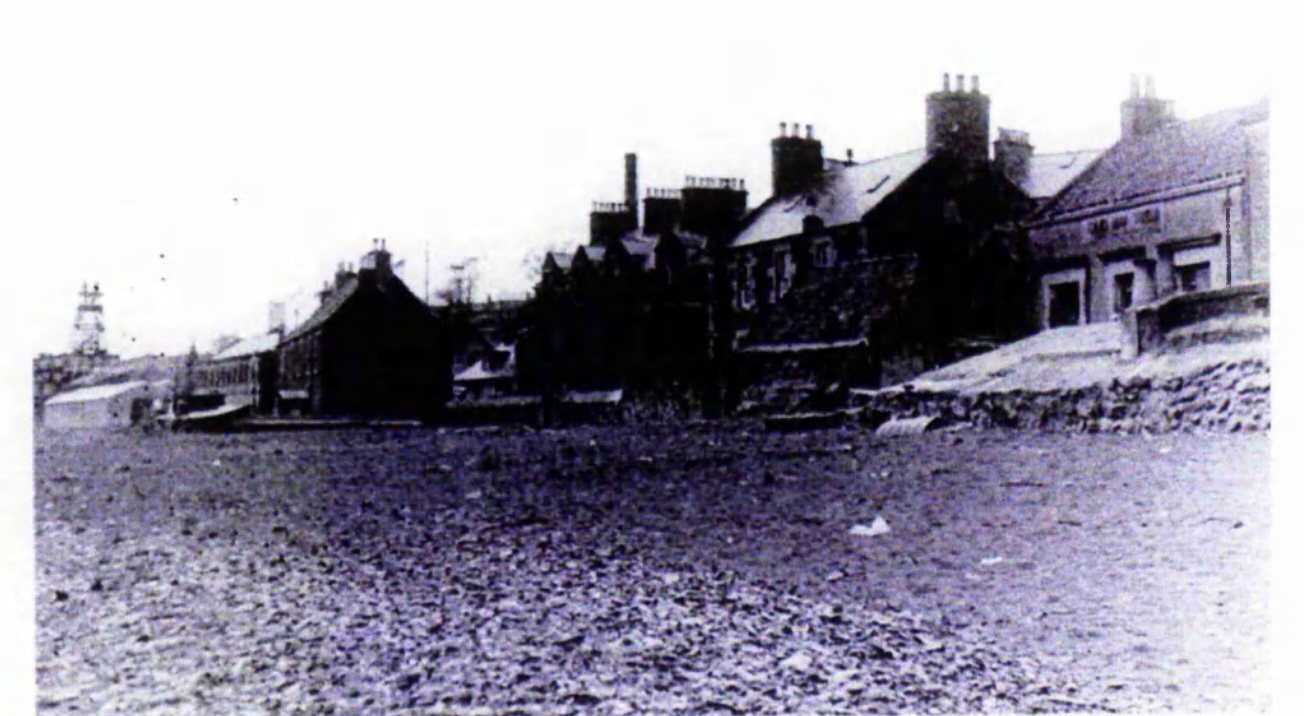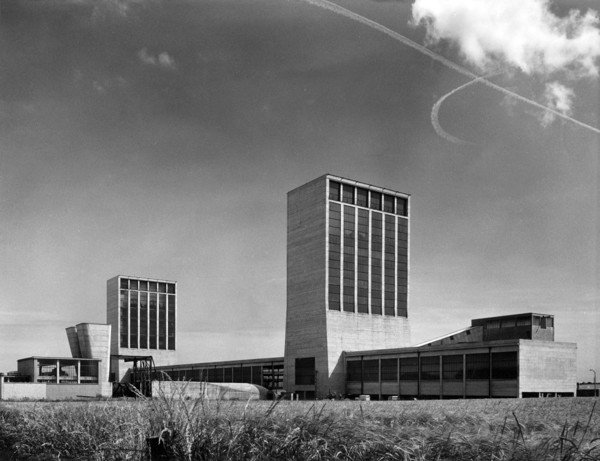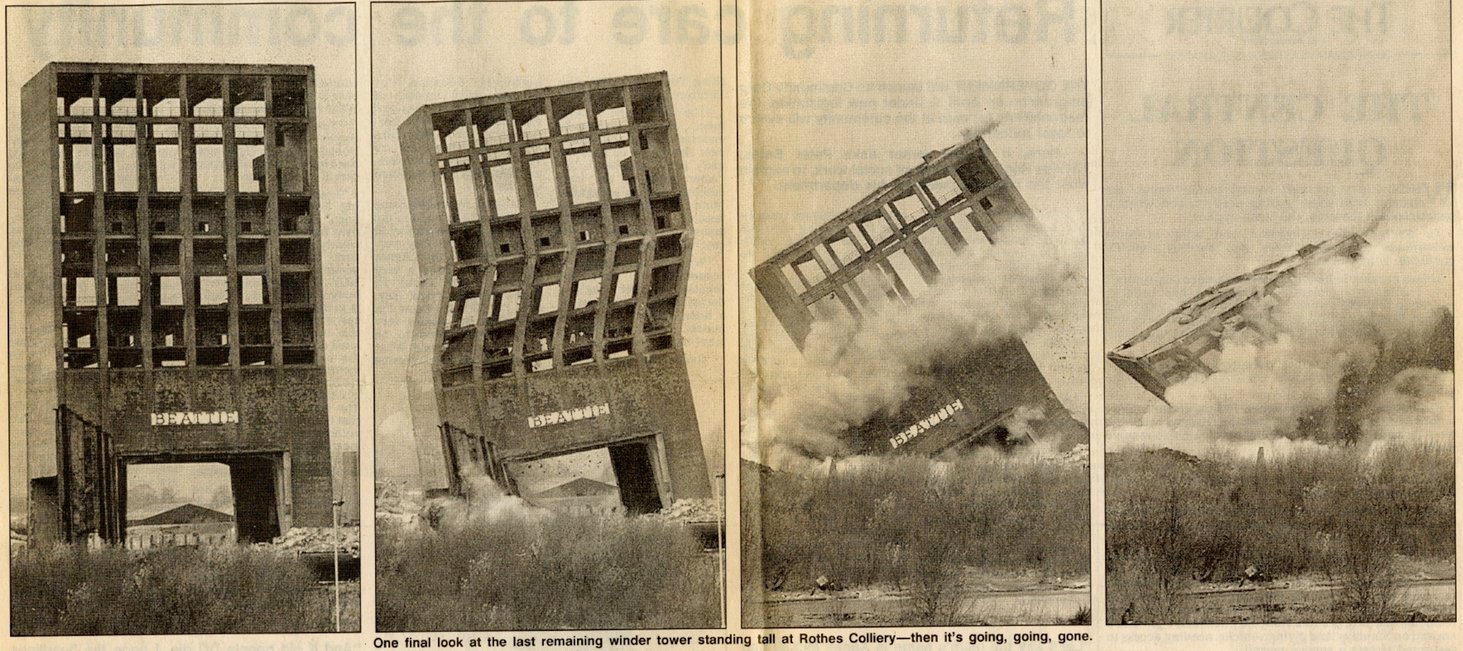Adam Smith and coal
Kirkcaldy, in 1723 as in 2023, was surrounded by coal. The mines had been established along the south-east coast of Fife for at least three hundred years, according to local legend. The Dysart mine, a short walk along the coast from Smith's house, was famous for bursting into flame; in 1741, "the coal was set on fire by a lime kiln," and the flame "was not extinguished for some years." In 1790, the year of Smith's death, "it again took fire [and] occasioned much smoke and bad air." There was a "scarcity of good water," in Dysart Sinclair, 'Dysart,' pp. 504-505, 521; https://stataccscot.edina.ac.uk/static/statacc/dist/home, because "the surface is much drained by the working of the coal."
A visitor is "apt to suppose the whole county full of coal," according to a survey in 1793 of the neighbouring parish of Markinch, close to the home of Adam Smith's maternal grandparents; the "idea a stranger has of [the Fife coals], on a slight view of the number of pits he sees at work on the various seams," is that "coal is inexhaustible." The mines supplied the saltworks Baron F. Duckham, A History of the Scottish Coal Industry Vol. 1: 1700-1815 (New York, 1970), pp. 15-16, 318. on the shore -- the salt pans were heated by coal -- in which colliers and salters were bound, until 1775, in a "state of slavery or bondage 1775: 15 George 3 c.28: An act for altering, explaining, and amending several acts of the parliament of Scotland, respecting colliers, coal bearers, and salters.." There were piles of "coal waste," and seams of coal in Kirkcaldy that had "for some time been exhausted Sinclair, 'Markinch', pp. 539, 546-547, 'Kirkcaldy, pp. 13-14.."
Adam Smith's closest acquaintances, from his childhood, were engaged in the development of the mines. His guardian, James Townsend Oswald, who signed the certification of Smith's baptism, owned the estate of Dunnikier in Kirkcaldy that included some of the most important coal resources. The St Clair family of Dysart -- David Hume's patrons -- owned the Dysart coal mines. Smith's acquaintances, the extended family of the Johnstones, James, Alexander, Betty, John and Gideon, roamed the hills behind Kirkcaldy looking for coal, copper and sulphur; John Johnstone was even, for a time, the member of parliament for Kirkcaldy and the Dysart burghs.
Coal exports from Dysart passed through the little port of Kirkcaldy Sinclair, 'Kirkcaldy', pp. 13-14, 25. -- where Adam Smith's father and later his half-brother were Comptrollers of Customs -- to Hamburg and Middelburg. Smith himself, as Commissioner of Customs in Edinburgh, presided over the vexed matter of duties on coal. His own patron, the Duke of Buccleugh, owned the estate of Dalkeith Letter of February 24, 1790 from the Duke of Buccleugh to Smith, in Smith, 'Correspondence'; Sinclair, 'Dalkeith', pp. 19-20. where Smith lived for months on end, enjoying the "Country Air and gentle exercise;" Dalkeith too was "surrounded" by a "variety of coal-pits," although "much of it so deep in the earth, that it cannot, in general, be come at with advantage to the proprietor, without the help of fire engines."
Soon after Smith's death in 1790, an Edinburgh visitor wrote of what is now known as the "East Fife Coalfield," that "there is almost one continued field of coal" along the entire coast, and "in all this tract, we cannot go three miles, but we meet with going coal mines [A Citizen of Edinburgh], Considerations on the present scarcity and high price of coals in Scotland (Edinburgh, 1793), p. 7.." Kirkcaldy was a coal town over the entire course of the industrial revolution that began -- or began to be noticed -- in the early decades of the nineteenth century. In 1947, when coal was nationalized by the Labour government, there were no fewer than 32 mines listed in Kirkcaldy, compared to 53 in Fife overall, and 1503 in the United Kingdom.


Even in the government-led expansion of coal production of the 1940s, 1950s and 1960s, Kirkcaldy was a model of industrial destruction. The mines had been "an extraordinary and unique working environment in which teamwork and camaraderie were a vital part of
everyday life
'Preface', in Oglethorpe, M. K. Scottish collieries : an inventory of Scotland's coal industry in the nationalised era (Edinburgh, 1906)," and they were also the scenes of
terrible accidents
https://www.nmrs.org.uk/mines-map/accidents-disasters/fife/seafield-colliery-roof-fall-kirkcaldy-1973/
http://www.scottishmining.co.uk/270.html. The sea-shore where Smith went on his long walks had been transformed by "the coal wastes dumped on the
beach
Elisabeth Saiu, 'Mining subsidence: its effects on the south-east Fife coastline' (unpublished PhD dissertation, University of St Andrews, 1998, available at https://research-repository.st-andrews.ac.uk/handle/10023/15553)." The Rothes Colliery, planned as one of the National Coal Board's "Super-pits," to the monumental design of the Coal Board's modernist architect, Egon Riss, was opened by Queen Elizabeth II in 1958; it was closed in 1962 and demolished in
1993
https://www.thecourier.co.uk/fp/past-times/3300158/rothes-colliery/
https://www.ribapix.com/Rothes-Colliery-Glenrothes-Fife_RIBA25299#
https://www.britishpathe.com/asset/187080/
https://www.nmrs.org.uk/mines-map/coal-mining-in-the-british-isles/scotland/kirkcaldy/rothes-colliery/.

But this was not Adam Smith's world, or a world that he had imagined. Coal, in the late eighteenth century, was used, parsimoniously, for heating homes and places of work. It was used in production "for its heat content, and not in order to produce work;" it was a substitute for wood (or the land used to grow trees) and not for labour and capital. Per capita energy use was increasing in Scotland in the late eighteenth century, but it actually fell slightly in Europe as a whole over the course of the century, according to Paul Warde's work Kander, Astrid, Paolo Malanima, and Paul Warde. Power to the People: Energy in Europe Over the Last Five Centuries. Princeton, NJ: Princeton University Press, 2013. pp. 99, 111, 133., and "changed relatively little until the 1840s." "The proprietors of coal have an interest in great and immediate consumption," and "government appears to have adopted" the opinion "that coal is inexhaustible," according to the survey of Markinch Sinclair, 'Markinch', p. 548. in 1793. But the actual uses of coal were frugal.
The famous nail manufacture at Pathhead, along the promenade from Smith 's home in Kirkcaldy -- and the inspiration, or one of the inspirations, of the pin factory with which the Wealth of Nations opens -- employed "43 smiths," at the time of Adam Smith's death, who "make about 6 million of nails annually." They used "old iron" from Holland, and coal in minute quantities. The coal from what was later the ill-fated Rothes Colliery was of "caking quality, as it works iron very well;" "the very smallest particles of it are sold to the smiths on the coast of Fife Sinclair, 'Dysart', pp. 506, 514, 'Markinch', p. 541.."
Smith understood the importance of energy to economic improvement. He wrote of Ireland, in a letter Letter of November 8, 1779 from Smith to the Earl of Carlisle, in Smith, 'Correspondence'. of 1779, that it has "little coal," and "is ill provided with wood:" "two articles essentially necessary to the progress of great manufactures." But Ireland was also wanting, he continued, in "order, police, and a regular administration of justice." These were "articles more essential to the progress of industry than both coal and wood put together." They were not even vague conditions, in Smith's description, or the outcome of the rule of law and respect for property rights that have been at the centre of so much of the long-term economic or institutional history of recent decades; they were conditions, rather, that "Ireland must continue to want as long as it continues to be divided between two hostile nations, the oppressors and the oppressed."
The world that Adam Smith saw, in Kirkcaldy, and later in Toulouse and in the great port cities of his imagination, was a scene of intense economic activity. It was filled with exchanges of information and market prices, old iron and crooked timber, financial services and news of distant opportunities. But it was not the world of the nineteenth- and twentieth-century industrial revolution, in the sense of the large scale use of inorganic (and only very slowly renewable) sources of energy. It was a world of economic revolution and not of industrial revolution. It is to this early (or late) modern world that the birthday celebration will turn next.

| « Introduction | What Smith saw » |
